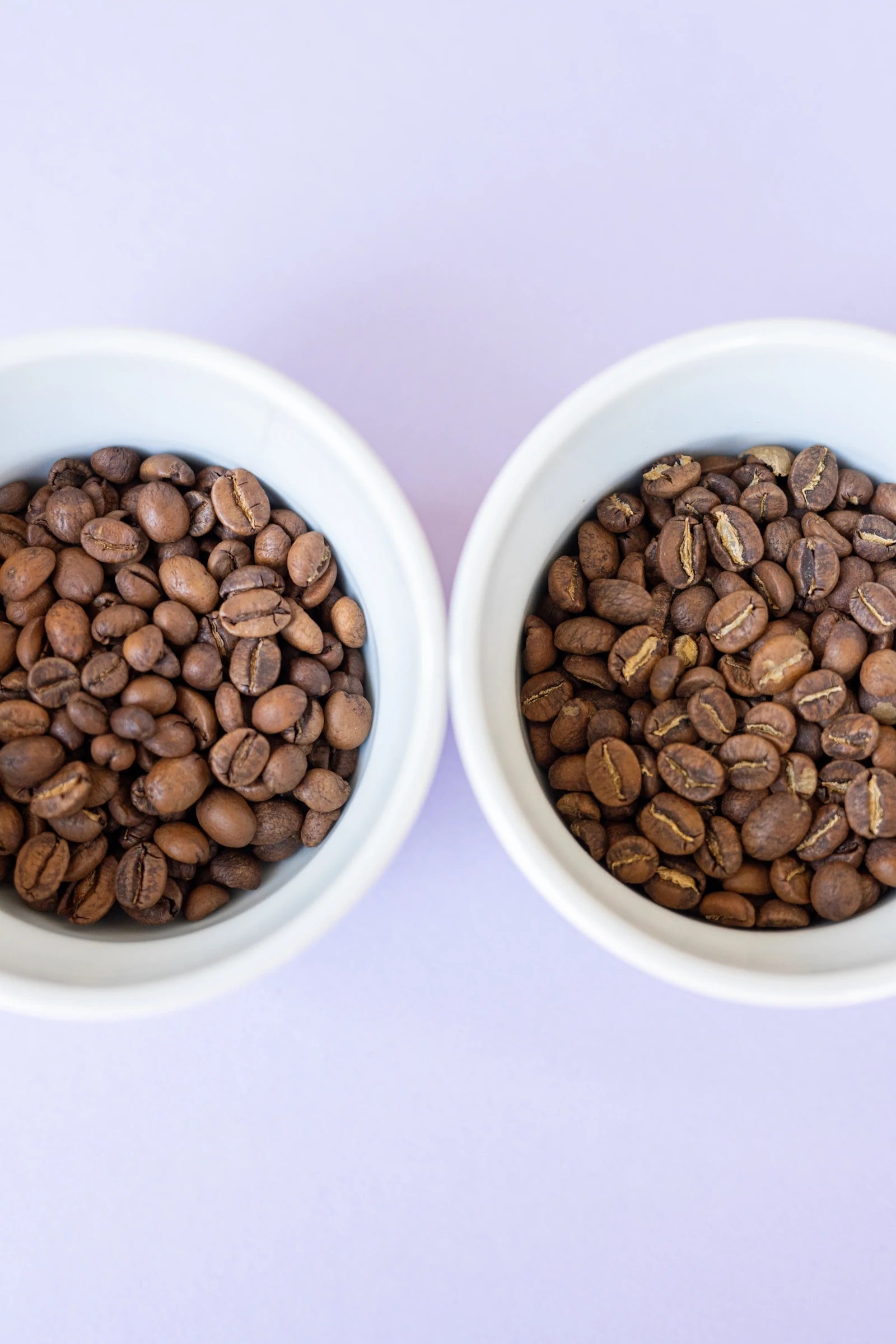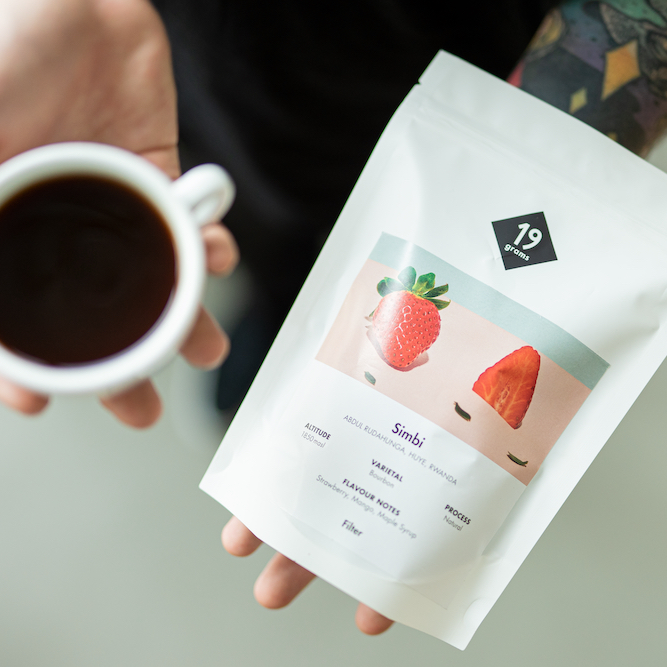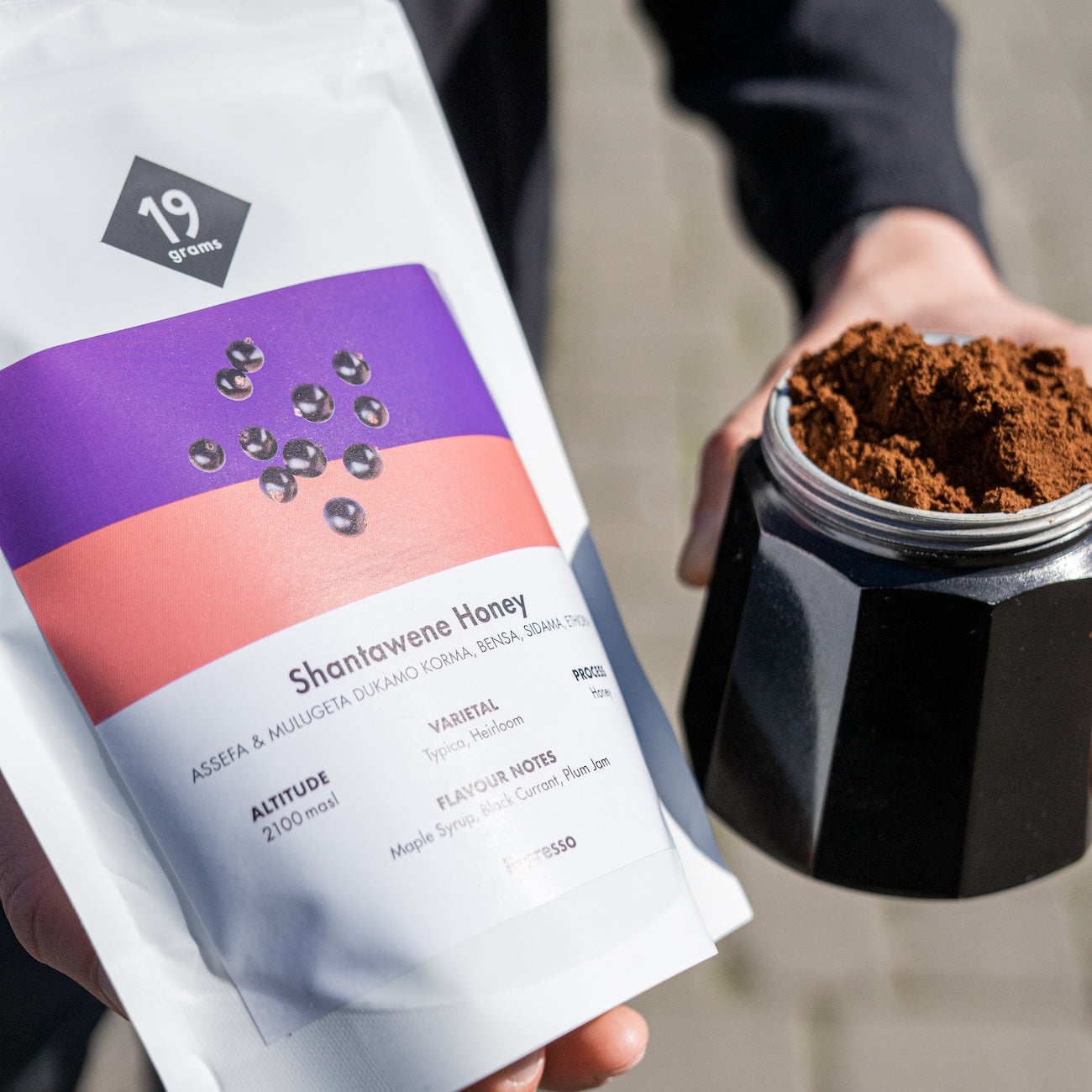Coffee enthusiasts around the world have been debating the differences between various coffee roasts and their caffeine content for ages. One of the most persistent myths claims that dark roasts have higher caffeine content due to their intense flavor profile: The darker the berry, the sweeter the juice? Let's take a closer look into the cup!
Recent studies have challenged this assumption and pointed out that caffeine content does not necessarily correlate with the intensity of the roast. Instead, various factors such as the amount of coffee beans, origin, and preparation method play a role.
Dark roasts are known for their robust and intense flavor, often associated with the classic coffee aroma. When you think of a typical dark roast, you picture the Italian roast found in our 'Italo Disco' coffee blend. This flavor is achieved by exposing the coffee beans to high temperatures until they reach a dark, almost black color. The roasting process plays a pivotal role in shaping the taste. During darker roasting, 'Sugar Browning' flavors such as dark chocolate and roasted nuts develop, as acids break down and bitter compounds form. This leads to the characteristically slightly bitter taste of dark roasts, accompanied by lower acidity. The sugars in the beans caramelize during the process, adding a higher sweetness to the coffee. Dark roasts are therefore particularly suitable for automatic coffee machines.
Studies have also shown that caffeine content does not necessarily decrease with the intensity of the roast. To determine the caffeine content, we must consider several factors: The amount of coffee used, its origin, and the preparation method all contribute to the final caffeine concentration. Interestingly, the volume of coffee beans appears to change during roasting. Darker roasts may take up more space on a spoon because they expand but might be lighter due to the loss of mass. Therefore, the caffeine content in dark roasts may vary depending on the measuring method, for example, when using a spoon compared to using a scale. The altitude of cultivation also plays a role, as regions at higher elevations produce coffee with less caffeine. Since caffeine is considered a natural insect repellent, coffee in higher growing areas requires less protection against insects.
The conclusion: Science shows that it is a myth that darker roasts contain more caffeine. This is refuted in the above-mentioned studies. Caffeine content is influenced by a combination of different factors, and the roast level alone cannot determine the caffeine concentration in your coffee. Whether you prefer the bold notes of a dark roast like our 'Italo Disco' or the subtle nuances of a light roast - caffeine consumption is not solely dependent on the intensity of the roast.







